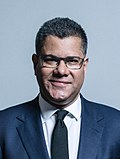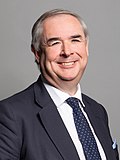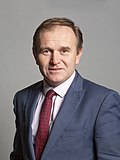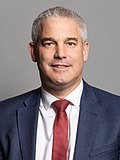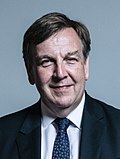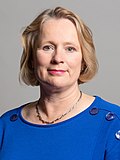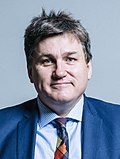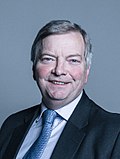
Boris Johnson carried out the first significant reshuffle of his majority government on 13 February 2020. Following the December 2019 general election, there was considerable speculation that Johnson was planning a major reshuffle of the Cabinet, to take place after the United Kingdom's official withdrawal from the European Union on 31 January 2020. There were reports that up to a third of the Cabinet would be dismissed, Whitehall departments abolished and civil servants replaced by policy experts; however, the reshuffle was smaller than expected and no departments were abolished. [1] The anticipated reshuffle was nicknamed "The St Valentine's Day Massacre" in the press, due to its proximity to St Valentine's Day, the name being a reference to the 1929 gangland shooting in Chicago. [2] [3]
Contents
- Cabinet-level changes
- Junior ministerial changes
- Whips' Office appointments
- Reaction
- Dismissal of Julian Smith
- Resignation of Sajid Javid
- See also
- Notes
- References
Johnson formed his first ministry on 24 July 2019, following his election as Leader of the Conservative Party and subsequent appointment as Prime Minister of the United Kingdom. [4] In September 2019, he carried out small reshuffles in response to the resignations of two Cabinet ministers (Jo Johnson and Amber Rudd). [5] [6] After the Conservative Party's victory in the 2019 general election, Johnson's only change had been to fill the position left vacant by Alun Cairns' resignation in the previous month. [7]
On 13 February 2020, Johnson reshuffled the government. Five Cabinet ministers were sacked, including the Northern Ireland Secretary Julian Smith, a decision that was criticised by several politicians and commentators following Smith's success in restoring the devolved Northern Ireland Executive under the terms of the New Decade, New Approach agreement. [8] Chancellor of the Exchequer Sajid Javid resigned from the Cabinet after refusing Johnson's demand that he dismiss his advisers. [9]
This was the last major cabinet reshuffle before the COVID-19 pandemic in the United Kingdom, and was followed by two more reshuffles in 2021 and 2022.







